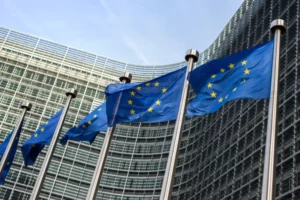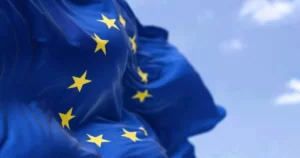The European Commission’s report on enhancing the competitiveness of the EU textile and clothing industry focuses on promoting sustainability and circularity. It provides insights into textile recycling technologies, addressing challenges, and proposing policy options to boost textile-to-textile recycling.
Key Points from the Report:
- Recycling Technologies:
- Mechanical Recycling: Involves physical forces, suitable for natural and synthetic fibers, cost-effective, but limited in removing chemicals and producing lower quality fibers.
- Thermal Recycling: Includes thermo-mechanical (for thermoplastic textiles like polyester) and thermo-chemical (high-temperature processes) recycling, which is energy-intensive but can reduce carbon emissions.
- Chemical Recycling: Involves chemical dissolution or depolymerization for recycling or monomer recovery, with different technologies targeting specific polymers.
- Challenges and Solutions:
- Identifying the strengths and limitations of each recycling technology.
- Need for well-defined and low-cost input materials.
- Improving sorting techniques and establishing recycling hubs.
- Policy Proposals:
- Enhancing traceability of materials and chemicals.
- Promoting design for recyclability.
- Easing access to feedstocks and stimulating demand for recycled fibers.
- Setting long-term goals and targets.
- Implementation Timeline:
- Begins with clarifying long-term goals and securing funding.
- Progresses to simplifying feedstock access, standardizing processes, and promoting design for recyclability.
- Industry Initiatives:
- Emphasis on transitioning toward a circular and sustainable textile industry in the EU.
- Need for policy support and industry initiatives.
In summary, the report highlights the potential and challenges of textile recycling technologies and the importance of policy and industry initiatives in achieving a sustainable textile industry in the EU.







